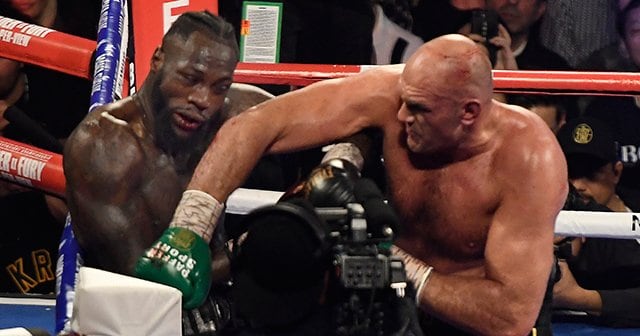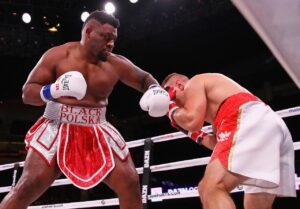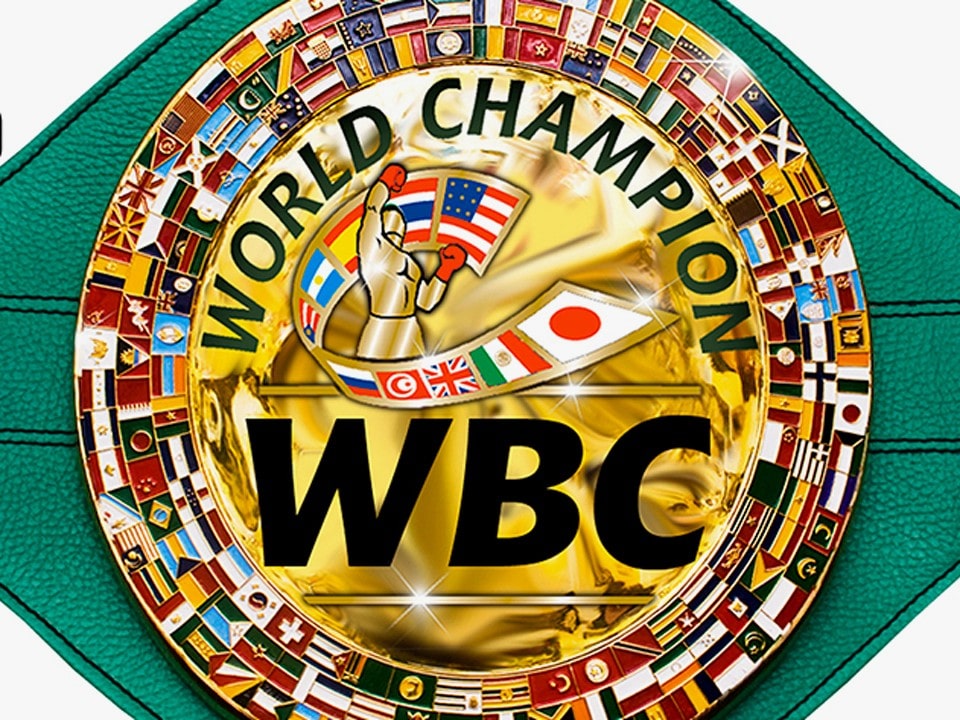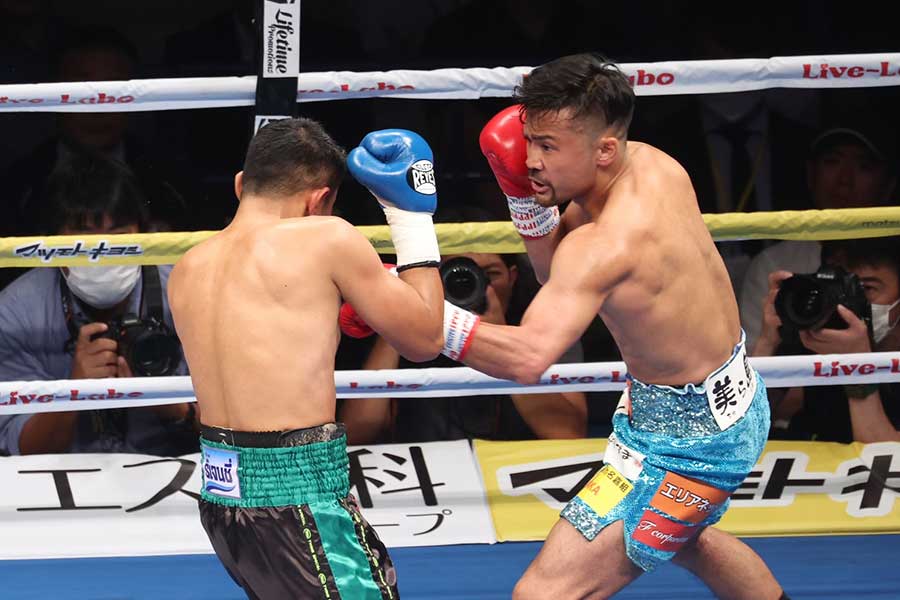
Middleweight boxing attracts many fans with its dynamic fighting and technical sophistication.
This category in particular attracts many players with both speed and power, and has historically seen many legendary matches.
This article begins with the definition of middleweight, and provides an in-depth look at its history, key strategies, training methods, and some of the greatest fighters of the past and present.
We will delve into the appeal of middleweight boxing, explore its strategic appeal and depth as a sport, and uncover why this weight class attracts so many people.
Whether you’re new to boxing or a seasoned fan, we hope this article will help you understand what middleweight boxing is all about.
目次
What is boxing middleweight?
Among the weight classes in boxing, middleweight is particularly popular and is a category where technical fights take place.
Here, we delve into the definition of middleweight, its importance in the sport, and even its history.
Definition and importance of middleweight
Middleweight is a division in professional boxing in which fighters weighing up to 160 pounds (approximately 72.57 kilograms) compete.
This class requires speed and power, making it a test of the balance between technical sophistication and physical strength.
Middleweight is the perfect weight class to get a complete picture of boxing technique, as it requires not only technique but also strategic thinking.
In addition, many historic matches have been held in the middleweight division, attracting a lot of attention from boxing fans around the world.
Overview of middleweight history
The history of the middleweight division dates back to the late 19th century. This division has played a very important role in the world of boxing.
The early middleweights helped advance the art of boxing by honing their techniques and strategies.
In the 20th century, the middleweight division remained popular with the emergence of many legendary fighters such as Carlos Monzon, Marvin Hagler, and Bernard Hopkins.
In particular, Marvin Hagler carved his name into the history of the sport with his fierce battles as the leading middleweight champion in the 1980s.
Middleweight is an important weight class that has played a part in the evolution of boxing technology, as well as its historical background.
Even today, matches in this weight class are a stage where high skill and passionate passion intertwine, and new history continues to be written.
This weight class will continue to produce many great champions and will have a major impact on the future of boxing.

Middleweight Strategy and Techniques
Middleweight boxers fight using the unique sense of balance and technique required by their weight class.
This section delves into the basics of a middleweight’s strategic approach and the techniques commonly used in this division.
Basics of a strategic approach
In the middleweight division, the balance between speed and power is very important.
Players are required to have the ability to efficiently evade the opponent’s attacks and launch powerful counter attacks.
Strategically, the key is having the insight to read your opponent’s patterns and attacking at the right time.
Specifically, while controlling the distance by frequently using jabs, it is common to see the opponent’s openings and deliver effective blows with straight shots and uppercuts.
Maintaining your physical strength is also important, and as battles often drag on, managing your endurance and stamina is strategically essential.
Common techniques at middleweight
Middleweight fighters are technically advanced and use a variety of attacks.
In particular, his deft footwork and combination skills are outstanding.
For example, players often use feints to confuse their opponents, followed by rapid combination attacks.
This makes it easier to break down your opponent’s defense. Furthermore, clinch techniques are also important, and are used as a way to close the distance and temporarily control the fight, especially when tired or in a pinch.
Body blows are also important in the middleweight division, and continuous body blows will drain your opponent’s stamina.
Middleweight strategies and techniques are known for their complexity and strategic depth.
The players have a comprehensive range of skills, and how they use them in the match is the key to victory.
This class of fighting is loved by many fans because it allows you to enjoy the beauty of boxing technique as well as the strategic thinking involved.

training and conditioning
Training and conditioning for middleweight boxers is critical to maintaining and improving their competitive ability.
This section takes a deep dive into the training methods employed by middleweight boxers and the importance of conditioning.
How to train a middleweight boxer
The middleweight boxer’s training program aims to develop a balance of speed, power, and endurance. Common training methods include:
- Power training : Important for building muscle strength and increasing the power of your punches. Weight training is primarily used and includes deadlifts, squats, and bench presses.
- Speed training : done to improve quick punches and reaction speed. Use speed bags and double-end bags to develop hand speed and accuracy.
- Stamina training : Running and interval training are performed to build up the physical strength to withstand long matches. Training that combines long-distance running and sprinting is particularly effective.
The importance and method of conditioning
Conditioning is essential to perform at your best during a match. Middleweight boxers use conditioning methods such as:
- Mental Training : Meditation and visualization techniques may be used to maintain mental strength. This helps you stay calm in high-pressure match situations.
- Nutritional management : Nutritional management is very important to maintain your weight class and maintain optimal physical condition. A protein-rich diet and proper hydration are fundamental to support recovery and performance.
- Recovery techniques : Adequate rest, stretching, and sometimes massage and cold therapy are included to maximize the effectiveness of your training and prevent injury.
Training and conditioning for middleweight boxers requires not only technical skills, but also physical and mental development.
This makes them ready to perform at their best in the match and win tough battles.

Great middleweight players
The middleweight division has historically produced many legendary boxers, and fights in this weight class continue to attract attention even in modern times.
Here, we’ll take a closer look at some of the most famous middleweight champions of all time, as well as some of today’s top fighters.
Famous middleweight champions of all time
The middleweight division has produced many great champions, but some of the most notable include:
- Marvin Hagler : Hagler was a dominant force in the middleweight division in the 1980s, earning his nickname “Marvelous” for his precision punching skills and overwhelming physicality.
- Carlos Monzon : Originally from Argentina, Monzon had a record of 75 wins and 3 losses in the 1970s, including numerous successful defenses as middleweight champion.
- Sugar Ray Robinson : Considered by many experts to be one of the greatest boxers of all time, Robinson is known for his brilliant footwork, speed, and accurate punches.
These fighters marked important milestones in the history of the middleweight division and had a tremendous influence on younger boxers.
Top modern middleweight athletes
In the modern middleweight division, the following fighters are notable:
- Canelo Alvarez : Known for his technically sophisticated fighting and powerful punches, Canelo has been a champion in multiple weight classes, with particular praise for his performances at middleweight.
- Gennady Golovkin (GGG) : Hailing from Kazakhstan, Golovkin is known for his hard hitting and strong chin, and has long reigned at the top of the middleweight division.
- Jermall Charlo : The American Charlo maintains an undefeated record and captivates fans with his aggressive fighting style.
These modern athletes are further elevating the level of middleweight competition and increasing the global appeal of the sport.
Their fights were both technically and physically superior and represented an evolution in boxing technology.

Analysis of famous matches
There are many memorable matches in the history of middleweight boxing.
The tactics and results of these matches have had a great influence on today’s boxing techniques.
In this section, we’ll take a deep dive into some of the most historic middleweight bouts, their tactical depth, and their outcomes.
Historical middleweight match
One of the most iconic middleweight fights is the fight between Marvin Hagler and Thomas Hearns .This match, which took place in 1985, was known as “The War” and was an intense affair with both fighters attacking each other with all their might from the first round.
In particular, the highlights were Hearns’ continuous punches that prevented Hagler from moving forward, and Hagler’s relentless body attacks in response.
Analysis of tactics and results
In the match between Hagler and Hearns, Hagler used his durability and overwhelming power to keep pressure on Hearns from the first round.
Hearns fought back with speed and precision with his punches, but was unable to stop Hagler’s advance.
In the end, Hagler knocked out Hearns in the third round, winning this legendary short bout.
The tactical lesson of this match shows how important strategy is when speed and power combine at a high level.
This match also teaches us that a well-timed attack and sustained pressure can greatly change the course of a match.
The historic middleweight matches are a valuable source of learning for modern boxers, and will serve as great inspiration for those just starting out in boxing.
The tactical insights gained from these matches continue to improve boxing techniques.

Middleweight competition rules
Middleweight is one of the most popular weight classes in boxing, with its own rules and weight limits.
This section provides an in-depth look at middleweight weight limits, match rules, and how the rules have changed over time and their impact.
Weight limits and match rules
The weight limit for middleweights in professional boxing is usually 160 pounds (approximately 72.57 kilograms).
This weight limit serves as a standard for competition while maintaining fairness among athletes, and if your weight exceeds this limit, you will not be able to participate in the match.
The rules of the match include the number of rounds, the time per round (usually three minutes), the size of gloves used, and whether headgear is used (for amateurs).
In addition, penalties such as point deductions or disqualification may be imposed for foul play during a match.
Changes and impact of rules
Middleweight rules have evolved over time to make boxing safer and maintain its integrity as a sport.
Early boxing had few rules, so matches were extremely dangerous and often ended in death.
In the 20th century, the rules of boxing became more systematic and regulations were put in place to protect the safety of athletes.
For example, banning attacks on downed fighters, establishing rest periods between rounds, and allowing doctors to intervene during matches were introduced.
These changes have provided a safer environment for athletes to compete and transformed boxing into a fairer and more attractive sport.
Establishing and adhering to these rules is essential to maintaining the quality of competition in all weight classes, including middleweight boxing.
The rules are designed to ensure the health and safety of athletes while ensuring a thrilling and fair competition, contributing greatly to the continued popularity and growth of boxing.

The future of middleweight boxing
Middleweight boxing continues to attract many fans with its dynamic matches and technical depth.
This section explores the rise of emerging fighters, the evolution of technology, and what the future holds for middleweight as a sport.
Emerging players and technological evolution
Middleweight boxing has always been a stage for new talent and innovation.
In recent years, scientific training methods and data analysis have been introduced, greatly contributing to improving the performance of individual athletes.
This has improved the speed and accuracy of punches, improved defensive techniques, and improved the quality of matches.
A new generation of boxers is leveraging these advanced training techniques and adding new strategies to existing tactics, further elevating the level of middleweight competition.
Prospects as a middleweight sport
Middleweight boxing is solidifying its status as a sport by increasing its appeal.
In particular, efforts are being made to improve control by international boxing organizations and ensure fair match management.
This has led to talented players from more countries and regions entering the ranks, increasing competition on the global stage.
Furthermore, due to advances in media, more matches than ever before are being broadcast live around the world, and the fan base is expanding.
The future of middleweight boxing is very bright with the introduction of new technology and the rise of international talent.
By combining these factors, middleweight will continue to attract attention as a category that promises thrilling matches.
Middleweight boxing as a sport continues to evolve to become more accessible and appealing to fighters, trainers, and fans.


